Anubias barteri “Nana”
Scientific name: Anubias barteri “Nana”
Family: Araceae
Maximum size reached under cultivation: 5 - 15 cm (1.97 - 5.91 inch)
014
Recommended pH range: 5.5 - 8.9
Recommended water hardness: 4 - 12°dGH (71.43 - 214.29ppm)
0°C 32°F30°C 86°F
Recommended temperature range: 20 - 30 °C (68 - 86°F)
Preferred propagation method: Rhizome
Native to: Africa
Growth rate: Slow
Recommended substrate: Gravel
Lighting requirements: Subdued
Ideal placement in tank: Foreground
🌿 Common Names
Anubias Nana
🌍 Origin
Anubias barteri “Nana” originates from West Africa, where it thrives in warm, tropical environments along riverbanks, streams, and wetlands. In nature, it grows in shaded, slow-moving waters, which makes it ideal for aquariums. This adaptability to low light and varied water conditions is one of the reasons for its popularity among aquarists.
🌱 Growing Conditions
Anubias Nana is a versatile, hardy species that can be grown fully submerged in aquariums or emersed in high-humidity setups like paludariums or even shaded areas of ponds. It performs best in low to moderate lighting, making it a great fit for low-tech aquariums and tanks with floating or taller plants.
The plant grows slowly and remains compact, typically reaching a height of 5–15 cm (2–6 inches). Thanks to its small size, it is well-suited for the foreground or midground of aquascapes. It looks especially striking when attached to rocks or driftwood, contributing a natural and structured appearance to layouts. Never bury the rhizome—doing so can lead to rot.
📍 Planting Area
Anubias Nana fits well in the foreground or midground of most aquariums. Its dense, dark green leaves contrast beautifully with taller or finer-leaved plants like Vallisneria or Echinodorus. It’s also a popular choice for nano tanks, where space is limited and maintenance should remain minimal.
🔁 Propagation
This plant is easily propagated by dividing the rhizome. Use clean scissors or a blade to cut the rhizome into sections, ensuring each segment has several healthy leaves. Secure these sections onto hardscape materials using plant-safe thread or glue. Over time, they will anchor naturally and produce new growth.
⚙️ Difficulty
Very easy. Anubias Nana is one of the most beginner-friendly aquatic plants. It tolerates a wide range of pH levels, temperatures, and water hardness. Minimal fertilization helps improve its coloration, but it will thrive even in low-tech tanks. Its tough leaves deter nibbling from herbivorous fish, making it perfect for community aquariums with species like goldfish or cichlids.
📝 Short Description
Anubias barteri “Nana” is a durable aquatic plant known for its thick, dark green leaves and slow growth. Its compact nature makes it ideal for foreground use, and its tolerance of various lighting and water parameters ensures long-term success with minimal care. In stable conditions, it may even produce small white flowers underwater.
This plant is also favored for its aesthetic versatility. Whether in a nature-style scape or a low-maintenance tank, Anubias Nana delivers consistency, structure, and beauty. Keep the rhizome above the substrate and avoid stagnant zones to reduce algae buildup. A slight water flow from a filter can help keep leaves clean and healthy.
🖼️ Picture
Thanks to Loic Maheas-Smith.
❓ FAQ – Anubias Nana
- Can it be fully submerged?
✅ Yes, Anubias Nana grows well submerged or partially emersed in paludariums. - Does it require CO₂ injection?
💨 No, but CO₂ may slightly improve growth and leaf density. - Is it good for beginners?
🧑🎓 Absolutely. It’s one of the easiest plants to grow and maintain. - Why do algae form on the leaves?
🌞 Usually caused by bright light and slow growth. Place it in shaded areas and ensure water flow to help prevent algae buildup. - How fast does it grow?
🐢 Very slowly. Expect new leaves every few weeks under good conditions.
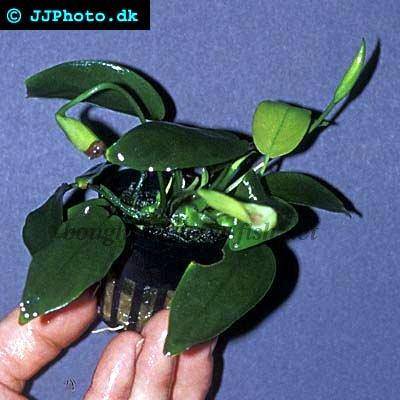


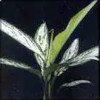 Aglaonema commutatum “Silver Queen”
Aglaonema commutatum “Silver Queen”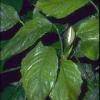 Aglaonema simplex
Aglaonema simplex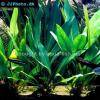 Anubias afzelii
Anubias afzelii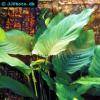 Anubias barteri
Anubias barteri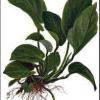 Anubias barteri “Caladiifolia” ‘1705’
Anubias barteri “Caladiifolia” ‘1705’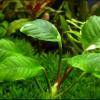 Anubias barteri “Coffeefolia”
Anubias barteri “Coffeefolia”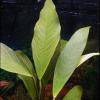 Anubias barteri v. angustifolia
Anubias barteri v. angustifolia Anubias gracilis
Anubias gracilis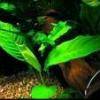 Anubias heterophylla
Anubias heterophylla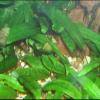 Cryptocoryne affinis
Cryptocoryne affinis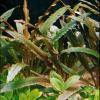 Cryptocoryne albida
Cryptocoryne albida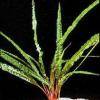 Cryptocoryne balansae
Cryptocoryne balansae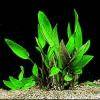 Cryptocoryne becketti
Cryptocoryne becketti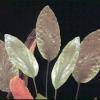 Cryptocoryne blassi
Cryptocoryne blassi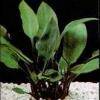 Cryptocoryne ciliata
Cryptocoryne ciliata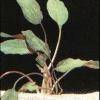 Cryptocoryne cordata
Cryptocoryne cordata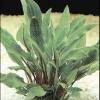 Cryptocoryne lutea
Cryptocoryne lutea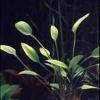 Cryptocoryne nevillii
Cryptocoryne nevillii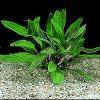 Cryptocoryne petchii
Cryptocoryne petchii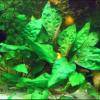 Cryptocoryne pontederiifolia
Cryptocoryne pontederiifolia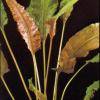 Cryptocoryne wendtii
Cryptocoryne wendtii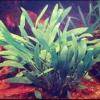 Cryptocoryne willisii
Cryptocoryne willisii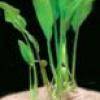 Lagenandra ovata
Lagenandra ovata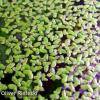 Lemna minor
Lemna minor Pistia stratiotes
Pistia stratiotes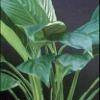 Spathiphyllum petite
Spathiphyllum petite Spathiphyllum wallisii
Spathiphyllum wallisii